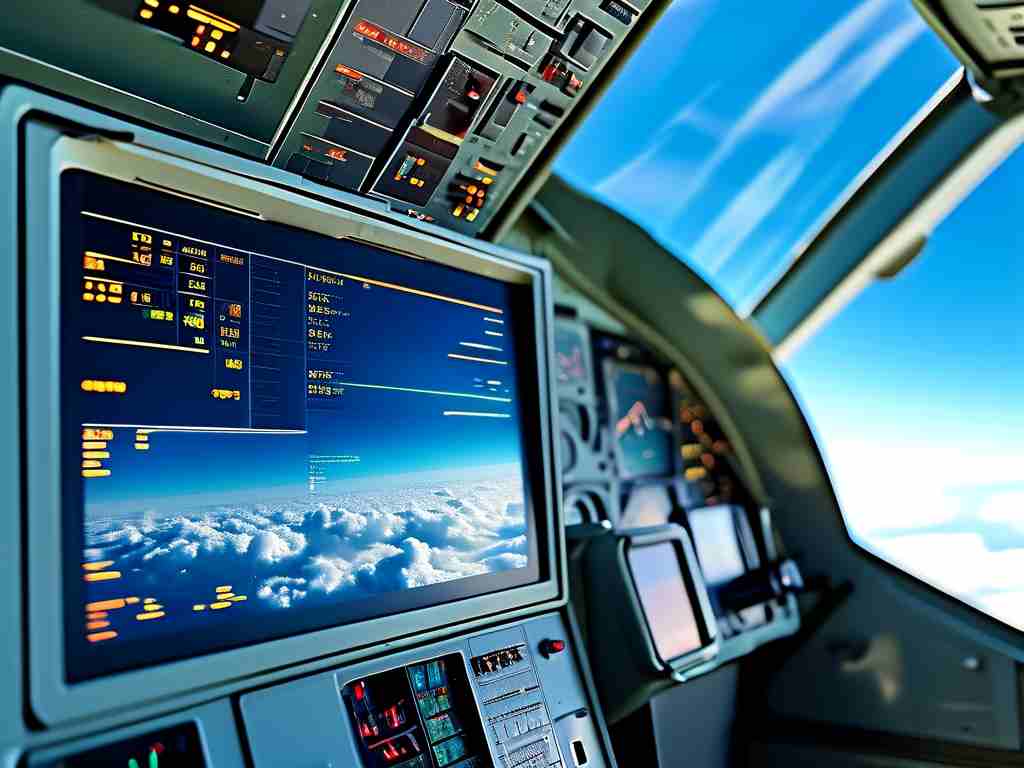The memory capacity of aircraft computers has become a critical topic as aviation technology advances. Unlike consumer devices, avionics systems prioritize reliability and real-time performance over sheer storage size. Modern commercial aircraft, such as the Boeing 787 or Airbus A350, rely on integrated modular avionics (IMA) systems. These systems typically use 8 GB to 16 GB of RAM, though specifics vary by manufacturer and aircraft model. This memory supports flight management, navigation, and communication systems simultaneously while adhering to strict safety standards.

Aircraft computers differ fundamentally from consumer PCs. While a gaming laptop might boast 32 GB of RAM for multitasking, avionics memory is optimized for deterministic performance. For example, the Honeywell Flight Management System (FMS) uses custom memory modules designed to withstand extreme temperatures and radiation. These modules often incorporate error-correcting code (ECC) memory to prevent data corruption during long-haul flights. The actual storage for navigation databases, however, resides in solid-state drives (SSDs) ranging from 256 GB to 1 TB, updated monthly via physical media due to cybersecurity protocols.
Military aircraft present a different paradigm. The F-35 Lightning II’s onboard computer, the Integrated Core Processor (ICP), utilizes over 32 GB of RAM to handle sensor fusion, threat analysis, and encrypted communications. Redundancy is key—critical systems often triple-replicate data across separate memory banks. Interestingly, older aircraft like the B-52 Stratofortress have undergone memory upgrades as part of modernization programs, swapping vintage magnetic-core units for modern DDR4 modules while retaining legacy interfaces.
Emerging technologies are pushing these limits. Quantum-resistant encryption algorithms and AI-based predictive maintenance tools will likely increase memory demands. Boeing’s ecoDemonstrator program recently tested a machine learning system for engine optimization that required 24 GB of dedicated memory. However, certification processes lag behind innovation; any memory upgrade in certified aircraft requires years of testing, explaining why many cockpit displays still run on 2000s-era hardware.
In , while aircraft computer memory sizes may seem modest compared to smartphones, their specialized design ensures unparalleled reliability. As autonomous flight and hybrid-electric propulsion evolve, avionics memory architectures will continue balancing capacity, speed, and safety in ways that consumer tech rarely contemplates.

